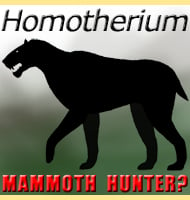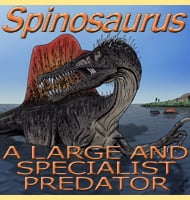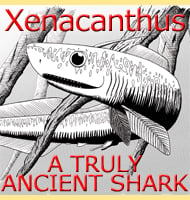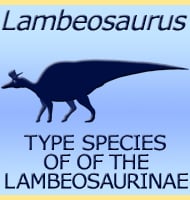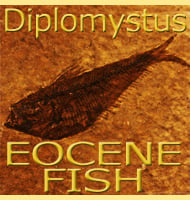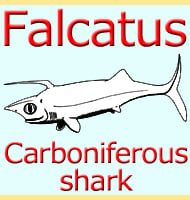In Depth
Liaoningornis was one of the first of the constantly expanded number of Mesozoic bird genera discovered in China’s Liaoning province, and although the remains are very incomplete, they indicate a fairly more advanced form than other early Cretaceous bird genera. The sternum (breast bone) of Liaoningornis is deeply keeled to allow for the attachment of strong and well-developed pectoral muscles that would have made flapping easy to maintain over extended periods of time. The shoulders were also better arranged for a wide degree of motion than other earlier forms, and the claws on the toes were strongly curved, which meant that they could wrap around and grip onto a branch, granting Liaoningornis the ability to perch. Together these features combine to portray a bird that was capable of strong flapping flight, probably between trees and bushes.
Unfortunately the skull of Liaoningornis is still unknown, so it is impossible to know if this genus still retained teeth. In terms of odds there is a fifty/fifty chance that Liaoningornis had toothed beaks, since some genera that lived at the same time as Liaoningornis such as Jeholornis are known to have had reduced teeth, with some specimens seemingly having no teeth at all. But when coupled with the presence of some later genera still having teeth, we just cannot say for certain what Liaoningornis had.
Our understanding of Liaoningornis continues to develop with a 2012 study by O’Conner revealing the genus to actually be a enantiornithine bird, and similar to Eoalulavis.
Further Reading
- The discovery of a Jurassic carinate bird in China - Lianhai Hou - 1996. - Early adaptive radiation of birds: evidence from fossils from northeastern China - Lianhai Hou, Zhonghe Shou, Larry D. Martin, Alan Feduccia - 1996. - A revised look at Liaoningornis longidigitris (Aves) - Jingmai K. O’Connor - 2012.

